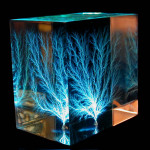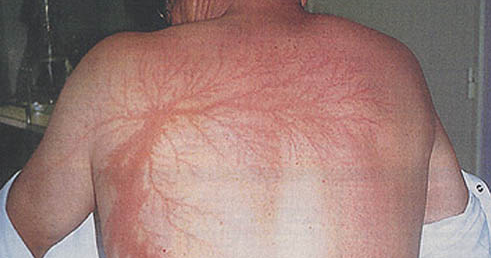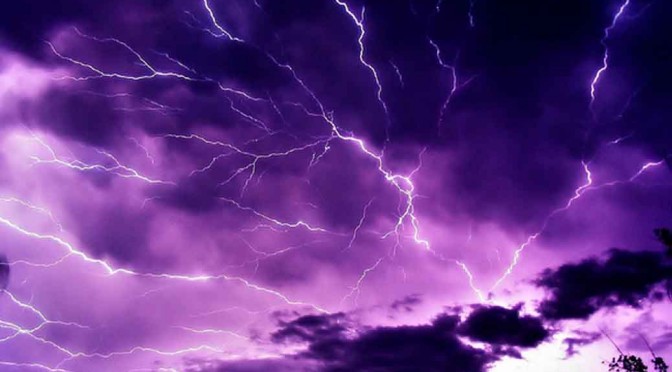By Anupum Pant
Everyone who’s studied basic science at school knows that light travels much much faster than sound. Light can travel about 300,000 km in a single second. Sound, in the same time would cover about 0.3 km. That’s a huge difference.
Considering that, it is fairly easy to calculate how far a lightning strike happens by measuring the time it takes the sound to reach you after you see the lightning. In that case, taking into account the enormous speed of light, you assume that the light instantly reaches you and you just count the seconds it takes for the sound to be heard at the place you are.
Then multiplying the seconds with 0.3 would give you, in kilometres, how far it happened – an estimation of, course.
So, if there isn’t a mess of lightning strikes happening somewhere, which usually isn’t the case, and if you can clearly tell which sound came from which lightning strike, which you can’t in most cases, you can actually estimate the distance of a strike very easily.
If you think that’s great. You might be interested in:
How to estimate the temperature.
and How to estimate the time to sunset.



